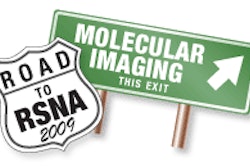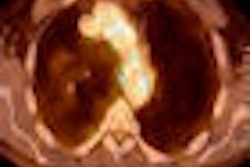Monday, November 30 | 11:10 a.m.-11:20 a.m. | SSC09-05 | Room S504CD
Researchers from India will discuss a study that showed that PET/CT with F-18 fluoride beat other nuclear medicine techniques for detecting skeletal lesions, as well as for distinguishing between benign and malignant tumors, in patients at high risk for skeletal metastases.Researchers at Tata Memorial Hospital in Parel, Mumbai, also found that F-18 fluoride PET/CT had the least number of equivocal lesions compared to technetium-99m methylene diphosphonate (MDP) planar, SPECT, and SPECT/CT studies, due to the increased sensitivity of fluoride over MDP and also due to the morphological detail provided by CT.
"The study provides enough evidence for the utilization of F-18 flouride PET/CT as a one-stop evaluation of bone metastases," said Dr. Venkatesh Rangarajan, lead author and professor in-charge of Tata's bioimaging unit. "The short duration of acquisition and the short duration of the study is unique, and the [low] number of equivocal or inconclusive findings makes this test significantly advantageous."
Given the current global shortage of molybdenum-99, Rangarajan believes that shifting from bone scans to fluoride PET/CT studies would be "a wise decision both for the patient and the doctor. F-18 flouride is a radiopharmaceutical which has been approved by the [U.S. Food and Drug Administration] for clinical use and distribution, so PET centers could make use of this useful test profitably."




















